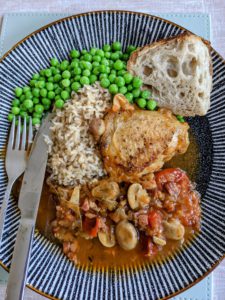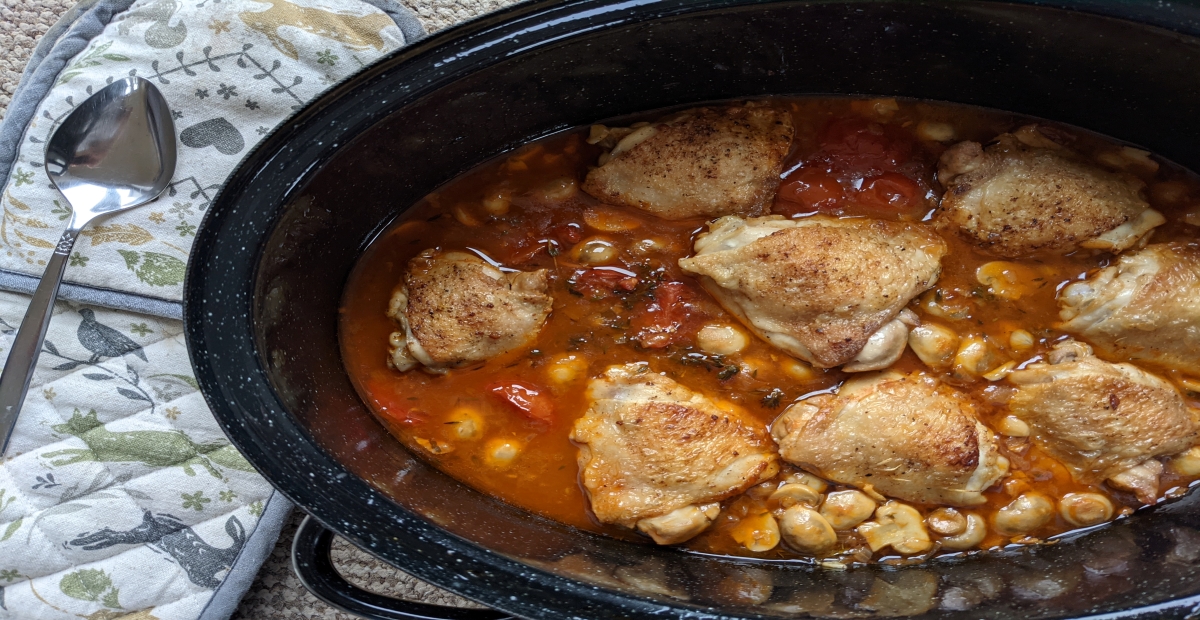I’ve lost count of the number of ink cap mushrooms I’ve spotted erupting among the trees around my house.
Regal and oval and hooded, they typically arrive in gangs and to me, they always look a little sad – maybe because they’re normally being nibbled to within an inch of their lives by the micro-fauna which also lives among the trees.
Apparently, or so the story goes, ink caps were once used as a preventative measure to “persuade” alcoholics to pack in the sauce.
When the ink caps deliquesce, which is to say, when they liquidise during decomposition, the black mess which remains used to be used by monks as a form of ink (after it had been boiled with urine – yuk!). That’s how ink caps came to be known as ink caps. However, the innovative monks also discovered that these particular mushrooms had another special property, one which could be used to sicken those too fond of the drink.
Eaten on their own, ink caps used to be regarded as fairly harmless (recent studies have suggested they contain toxins with carcinogenic potential) but mixed with that aforementioned sauce and they become seriously toxic.
As a precursor to the Betty Ford Clinic what the monks used to do was this: When an alcoholic presented to a monastery asking for help to beat the demon drink, the monks used to slip ink caps into meals; chopped up small they’d be impossible to identify. If the would-be teetotaller stayed on the wagon all would be fine, but if they strayed from abstinence and opted for a cheeky, surreptitious drink, the ink caps in their system would react to the alcohol and make them deathly ill. Then the monks would say, “See! See! We told you! God doesn’t want you drinking and this is what happens – the wine will make you ill from now on and ever after!”
These days the common ink cap is not recommended as a form of food by varying authorities. It has even been reported that a man applying alcohol-based aftershave will suffer a reaction after having consumed an ink cap. Bad times.
Personally, I’ve never eaten an ink cap, but then again the whole arena of wild mushrooms is a bit of a minefield. Some cunning fungi masquerade as edible mushrooms and a wrong bite here or a misidentification there, and the would-be forager could wind up in hospital with kidney failure. More bad times.
I was thinking about the ink caps around my house last week when I was making chicken chasseur, that staple of ‘70s dinner parties.
French in origin and translated as ‘hunters’ chicken, chicken chasseur was a staple of many a childhood around this neck of the proverbials. Powdered and sold as a handy sachet for handy Sunday dinners, chicken chasseur is an altogether different animal when made from scratch. Real herbs and real wine and real mushrooms makes the home-made version a class apart from the packet variant – as is often the case.
As I was tucking into last Sunday’s chicken chasseur, by way of sourdough bread and rice and peas and latterly, some velvety mash the little humans left behind, I resolved to make this classic dish more often. As Sunday dinners go, it’s very satisfying and despite the small effort involved, the hob does the bulk of the heavy lifting.
I suspect the name, ‘hunters’ chicken’ came about because the dish was something that could be knocked up in one pan in the woods after the hunters’ quarry had been snared. And yet, I’ve never met a hunter who carries white wine, a selection of herbs and stock in his satchel, when he’s off a-shooting.
In this recipe, I use chicken thighs, but the same premise could be used for a whole chicken or drumsticks even chicken breasts – it’s the combination of components that generates the chasseur flavour.
And not an ink cap in sight – which is a good thing considering there’s a goodly measure of white wine in the recipe.
Irrespective of how many people you’re feeding, up the chicken thigh content as necessary. All the other quantities can remain the same and if you’ve left over gravy then so much the better. Poured over hot chips and you’ll be in chasseur heaven.

INGREDIENTS
salt and pepper
6 – 9 chicken thighs or drumsticks, skin on
1 tbsp of butter
1 tbsp of olive oil
2 fat shallots, finely diced
4 garlic cloves, roughly chopped
1 punnet of mushrooms, ideally chestnuts, halved or quartered or whatever
1 large glass of white wine (I used chardonnay)
1 tbsp of tomato puree
4 tomatoes, roughly chopped
1 tsp of honey
3 sprigs of thyme
1 sprig of rosemary
pint of chicken stock
chopped parsley or chives to serve
THE PLAN
Start by seasoning the chicken pieces all over.
Heat the butter and oil in a frying pan or a cast iron dish (ideally ones with lids) and fry the chicken in batches over a medium to high heat, skin side down, for about three minutes or until the skin turns golden and is beginning to crisp. Repeat until all the chicken is suitably crisped and then remove from the pan and set aside.
There should be plenty of fat in the pan at this stage, so you might want to pour some of this off before frying the veg.
On a lower heat, fry up the shallots for about five minutes until beginning to soften and then add the garlic and mushrooms and give it another few minutes.
Add the wine and stir it about to deglaze the pan – another minute or so.
Add the tomato puree and stir this about to fry off the puree and then add the chopped tomatoes, herbs, honey and stock and stir it all up to combine.
Return the chicken pieces to the pan and bring to a simmer. Cover and simmer very gently on a low heat for one hour. After this time, remove the chicken and keep warm. Return the pan to the heat and let it boil for a few minutes to reduce the sauce and intensify the taste. That done, serve ‘er up!
Divide among plates (as in the picture) and sprinkle on some of the parsley or chives, if using.
See! See! I told you it would be tasty!







